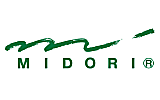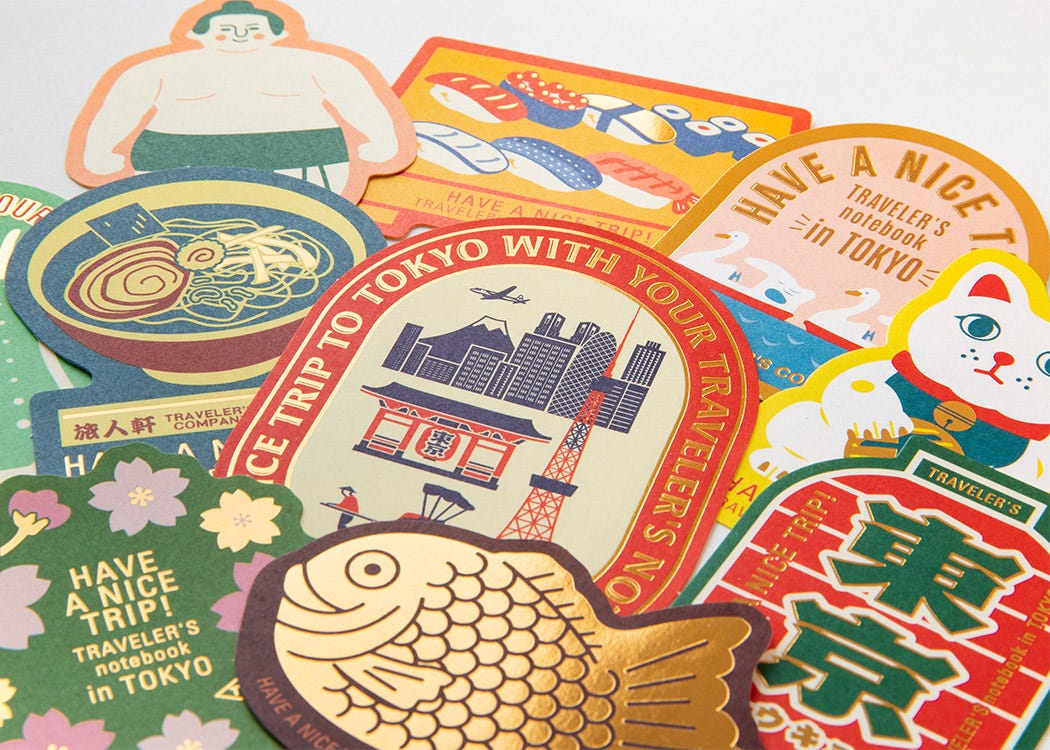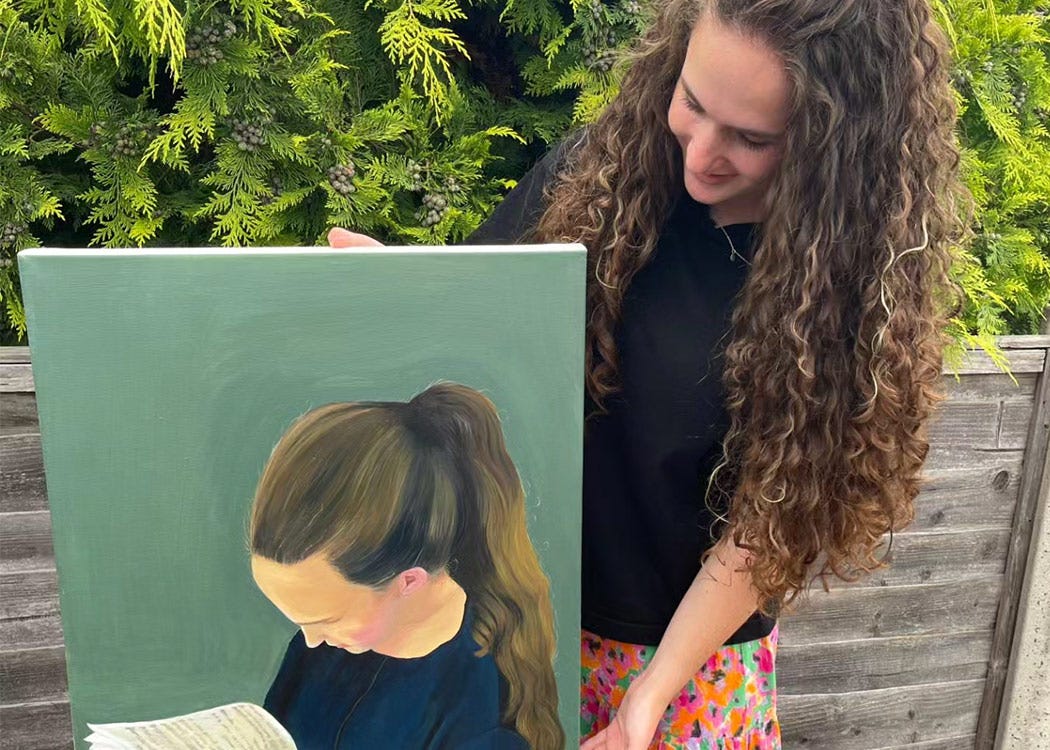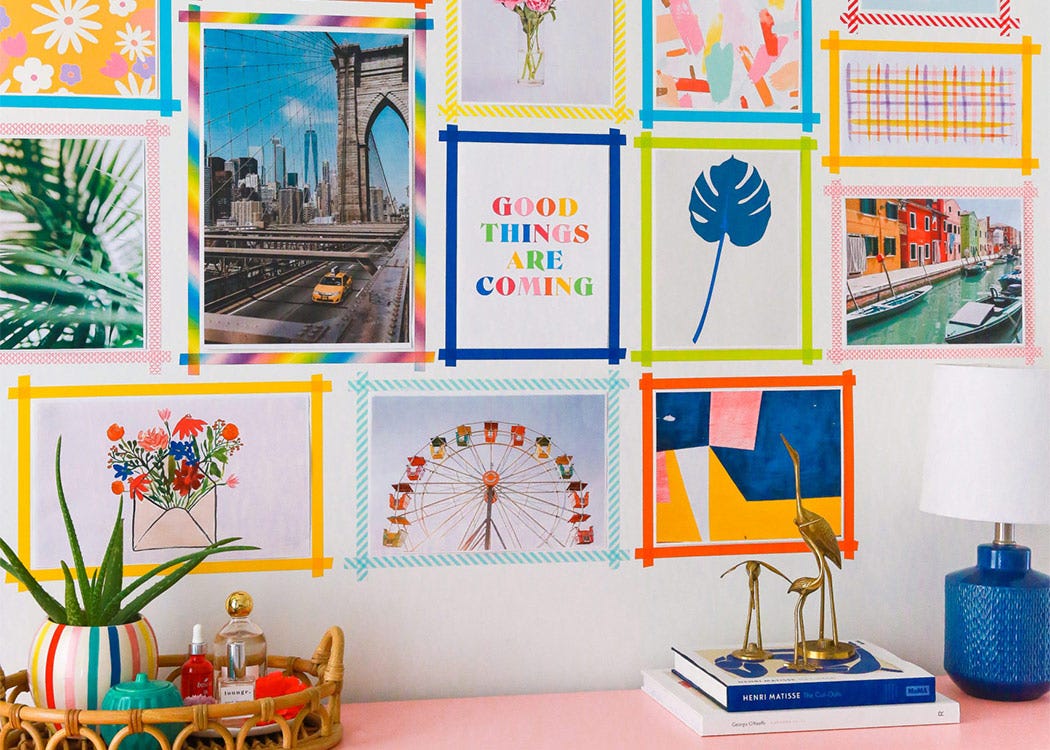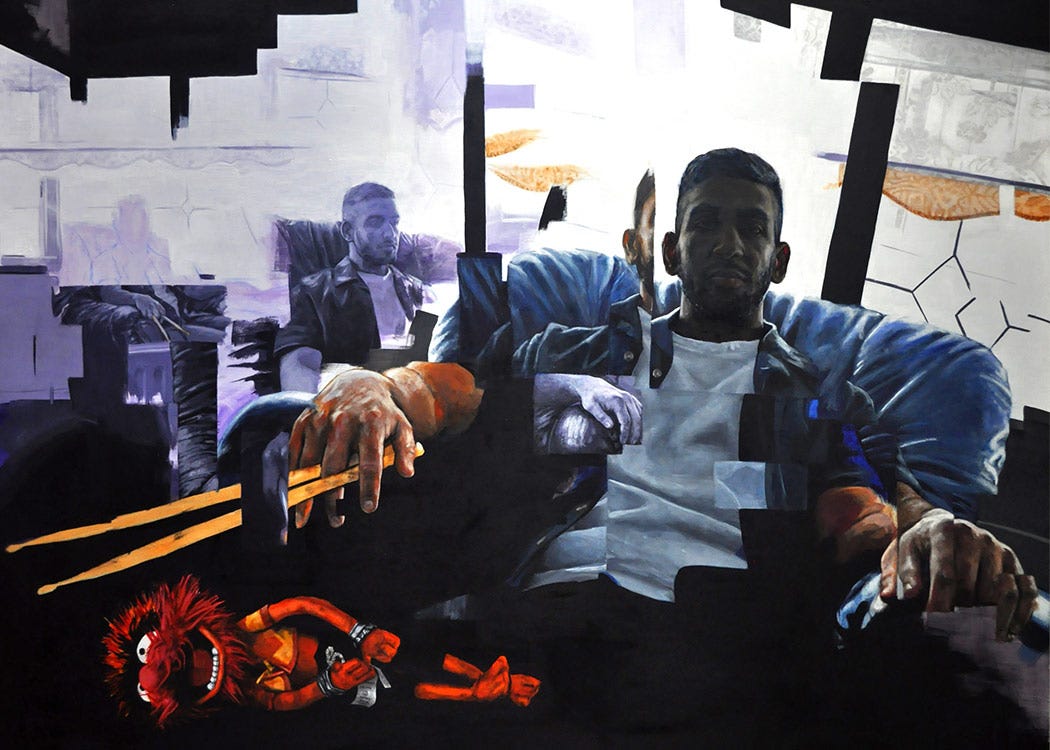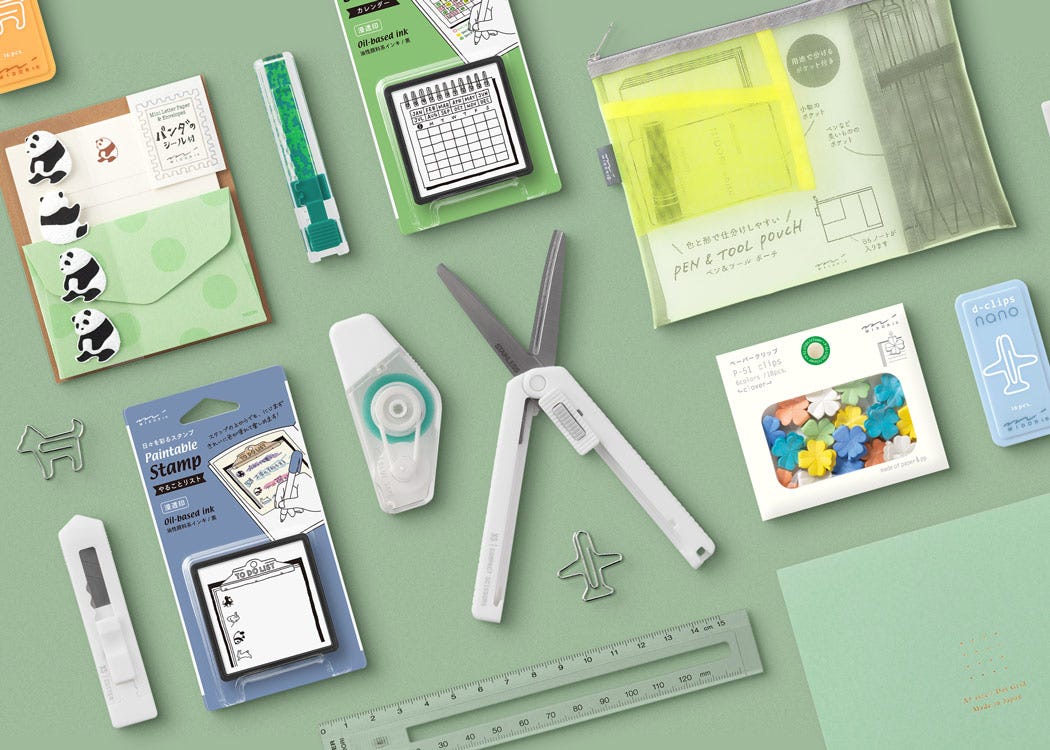In the Studio with Carol Wilhide Justin


We catch up with Carol Wilhide Justin to discuss all things print, her love for Japan, where her love for printmaking took off and how she has been keeping busy.
In the studio this week we caught up with Carol Wilhide Justin to discuss all things print, her love for Japan, where her love for printmaking took off and how she has been keeping busy and creative during the lockdown.
Could you tell us a little bit about yourself?
I am a printmaker living in London, specialising in Japanese woodcut. I also work as a Print tutor at City Lit and other art-based institutions, mainly teaching Japanese woodcut but also other relief printing processes such as linocut and multi-plate woodcut. I also teach bookbinding and printing on textiles. My BA was at Newcastle in Graphic Design where I specialised in Illustration and 3 years ago I completed an MA at the Royal College of Art in Print.
My art practice is in Japanese woodcut where watercolour pigments are brushed onto the cut woodblock and the printing is done by hand without a press.
Since leaving RCA I have been exhibiting regularly - selling work at the RA Summer Exhibition, winning the RCA CSR award at Travers Smith and the Intaglio award at the Woolwich Contemporary Print Fair. I exhibited at the National Open Art at the Barge House, Oxo Tower and my work has been included in the Clifford Chance Print Collection.
Last year I made a 16-ft long woodcut installation “Water” at the Woolwich Contemporary Print Fair and I was due to present a paper on ‘Japanese Woodcut and The Sense of Touch’ this year at the International Mokuhanga Conference in Nara, Japan, now postponed to 2021.


Carol Wilhide Justin - 'Meanwhile'
Has your practice changed over time?
My practice has evolved. After completing my BA, I worked as an illustrator using linocuts - mainly doing editorial and publishing work. I also worked in animation and after my children were born I retrained and gained a PGCE in Art Education that enabled me to design and facilitate my art workshops in schools.
It was, however, my residency in Japan that proved to be one of the biggest catalysts to my practice. The residency was in Fujikawaguchiko at MI-Lab in the foothills of Mount Fuji and I studied with five other printmakers from around the world. We were taught traditional Mokuhanga (woodcut) by the Japanese sensei with the aid of a translator.
I fell in love with the place, the technique, the people and the culture. More than this it was the unexpectedly deeply familiar that threw me. The building we were in, a beautiful traditional house, took me back in a way I was quite unprepared for in my childhood. I felt I had been here before. The first house I knew as a child had been of Japanese design, built by my father.
On my return from Japan, I realised that now that I had spent months doing my own work I wanted more and so applied to the Royal College of Art to do an MA in Printmaking (now called just Print) I was accepted and was launched into a stressful, competitive, daunting world where challenge, not comfort was the driving force. I was introduced to a wider creative world and was expected to work to the highest standards under critical scrutiny. I was able to explore Japanese woodcut further by experimenting with its many variables and nuances. Three years on I can be thankful for that rigour because it informs me daily.
What have you enjoyed doing during this period?
During this period of lockdown, I feel luckier than most because I can do the thing I love most - cut wood and print. I love to work in wood - there is a mixture of freedom and constraint that I find infinitely beguiling. I can lose all sense of time and place. All of the materials used in Japanese woodcut are non-toxic and as the prints are hand printed with a barren, a press is unnecessary so working from home is comparatively easy.
"I like the idea of using the slow, painstaking technique of woodcut to portray an instant in time."
What materials or processes do you work with?
I work with a close-grained wood called shina plywood, the “skrit-skrit” sound of cutting wood is a very meditative one. The papers that I use are Japanese washi paper- bunkoshi, shiramine and shoji natural. The paper is very special - tough yet delicate looking. The marriage between the certainties of a woodcut and the nuance of watercolour seems to be in opposition to each other but they allow for such a play of freedom that I have never returned to other forms of printmaking.
What are you currently working on?
I have been working on some large woodcuts during lockdown. One, as yet untitled, is about the feelings of isolation based on the play of shadows on the windows I can see across the street. I enjoyed the cutting of the patterns in the curtain and I have combined this with the Japanese woodcut technique called bokashi in order to render the soft shading of shadows and folds.
Another print I have made during this period is called ‘Asemic Writing’. This is based on calligraphic reflections of reeds in water. Water is a recurring subject of mine partly because of the challenge to capture it but also for its metaphorical relationship to memory. Asemic writing is described as having no semantic content, it looks like writing but isn’t.
I am currently working on another woodcut returning to a theme of movement and time that I used for my RCA Degree show prints. My Degree show prints are entitled ‘No More’, ‘Meanwhile’ and ‘Not Yet’, reflecting ideas about time, movement and memory. Yve Lomax calls meanwhile ‘time without any points’. I like the idea of using the slow, painstaking technique of woodcut to portray an instant in time.


Carol Wilhide Justin - 'Asemic Writing'
How has the current situation impacted or imposed on your creative practice?
Time during lockdown has done strange things, days have become weeks, weeks months, and it is difficult in this month of Sundays to know where we are - which can be unsettling, free falling. All of my teaching has stopped, a residency and an exhibition have been postponed as well as the much-anticipated trip to Japan. But there has been a wonderful sense of freedom too, where the imperatives of the workplace have been loosened. Time to reflect on the things that really matter to us, that we value, that we love. Anthony Gormley said in a recent article that it is a time where ‘everybody is living the life of an artist, which is essentially making up your day as you want’.
What’s a piece of advice you’ve been given that has stuck with you?
I was given a great piece of advice by Rebecca Salter - now President of the Royal Academy - when I visited her in her wonderful airy studio. She told me that it doesn’t matter if you don’t have a studio, if Art matters to you, you will do it anywhere, anyhow.
How do you overcome creative blocks? What’s your current routine?
I like to make lists to focus my mind, but I then tend to lose them, so maybe it is the action of writing down a list that is important to me. I keep to a sort of routine which helps me, I read the news first thing in the morning and then go for a jog in the park which helps get rid of the toxic flow of bad news. I tend to work in the mornings and then sit in the garden to paint in the afternoons. I can’t do without a good book to read, an interesting podcast to listen to, the sounds and smells of Nature in my garden.
Chapter header goes here.


Left image text here


Right image text here
Remember to tag us in your artworks using @londongraphiccentre #londongraphiccentre





